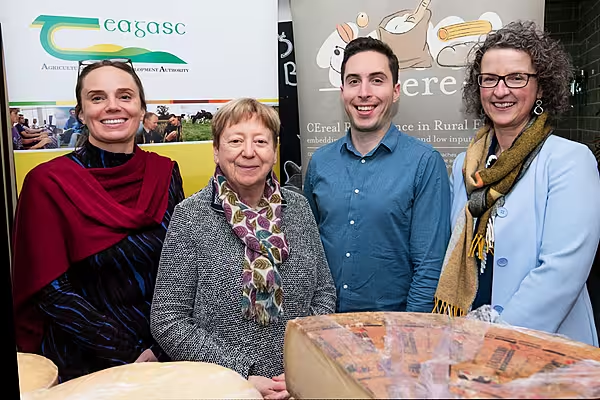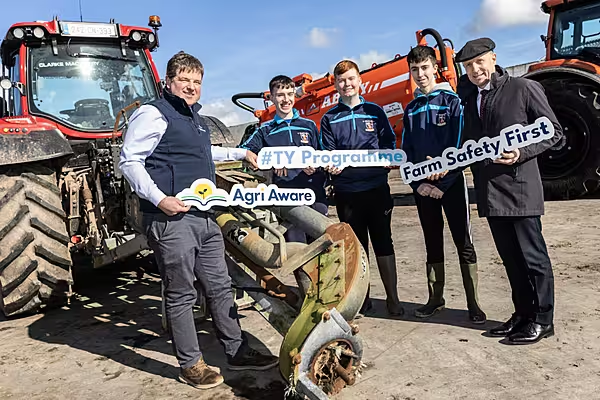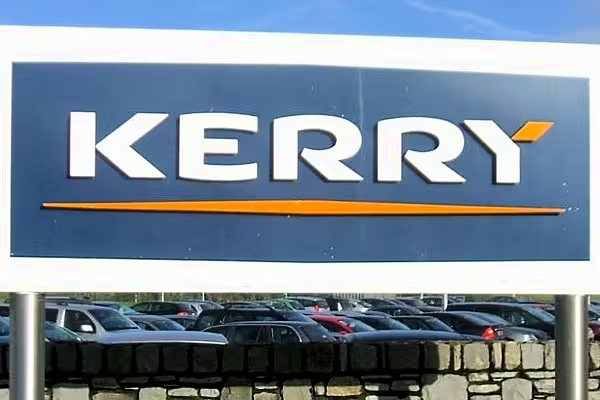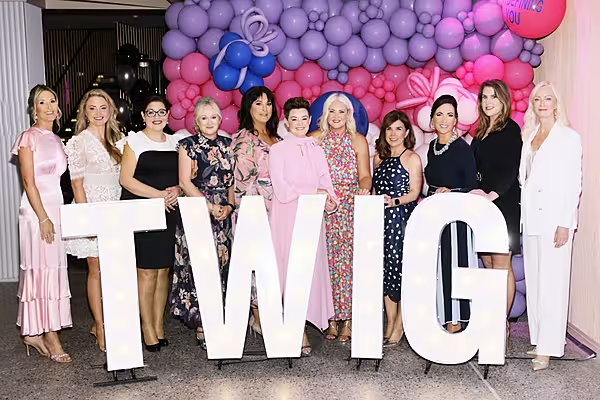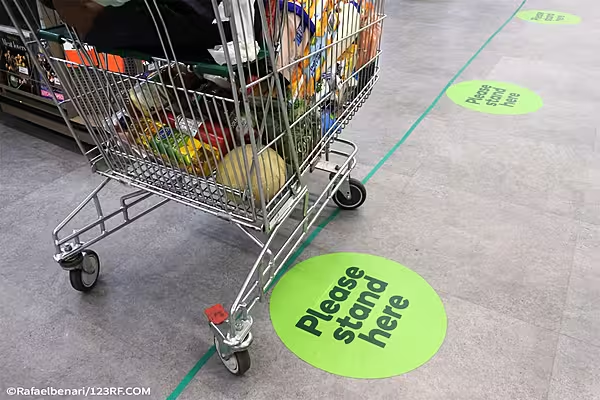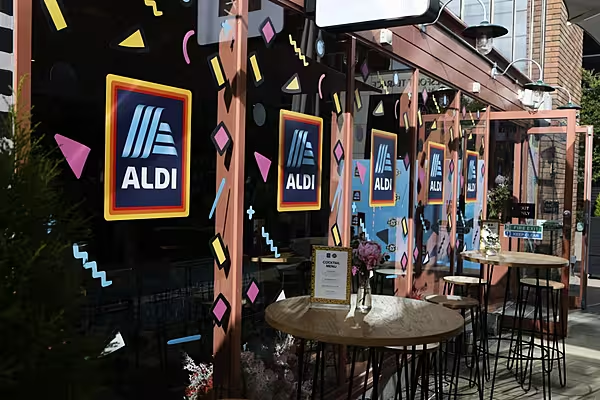Partners from 11 EU countries are gathering in Galway for a three-day meeting of the Cereal Renaissance in Rural Europe (CERERE), funded by the European Commission’s Horizon 2020 programme.
The project, that represents universities, farmers, entrepreneurs, and heritage societies, aims to identify practical ways to support the cultivation and market promotion of heritage cereals.
Cereal Renaissance
Speaking at the event, Teagasc post-doctoral researcher Dr. John Hyland said that ancient grains are no longer a niche product, with larger companies like Johnston, Mooney & O’Brien, and Cheerios incorporating them into their products, as well as smaller producers.
“Our research across Europe has identified smaller producers who benefit also by producing more localised varieties. These appeal to consumers seeking novel beers, crackers, baked goods and breakfast cereals – many of which have nutritional advantages,” Hyland said.
“An important factor is that the introduction of increasingly diverse varieties – sold by producers to consumers in local food chains - can also potentially support biodiversity and address other important public concerns such as climate change.”
Lead researcher for Teagasc, Dr. Áine Macken-Walsh, said that sharing consumer insights, practical production knowledge, science, and business acumen are crucial for small producers to successfully bring new products to the market.
CERERE, a €2 million three-year project, has commissioned, through Teagasc, art projects to demonstrate their contribution to innovation processes.
© 2018 Checkout – your source for the latest Irish retail news. Article by Aidan O’Sullivan. Click subscribe to sign up for the Checkout print edition.
